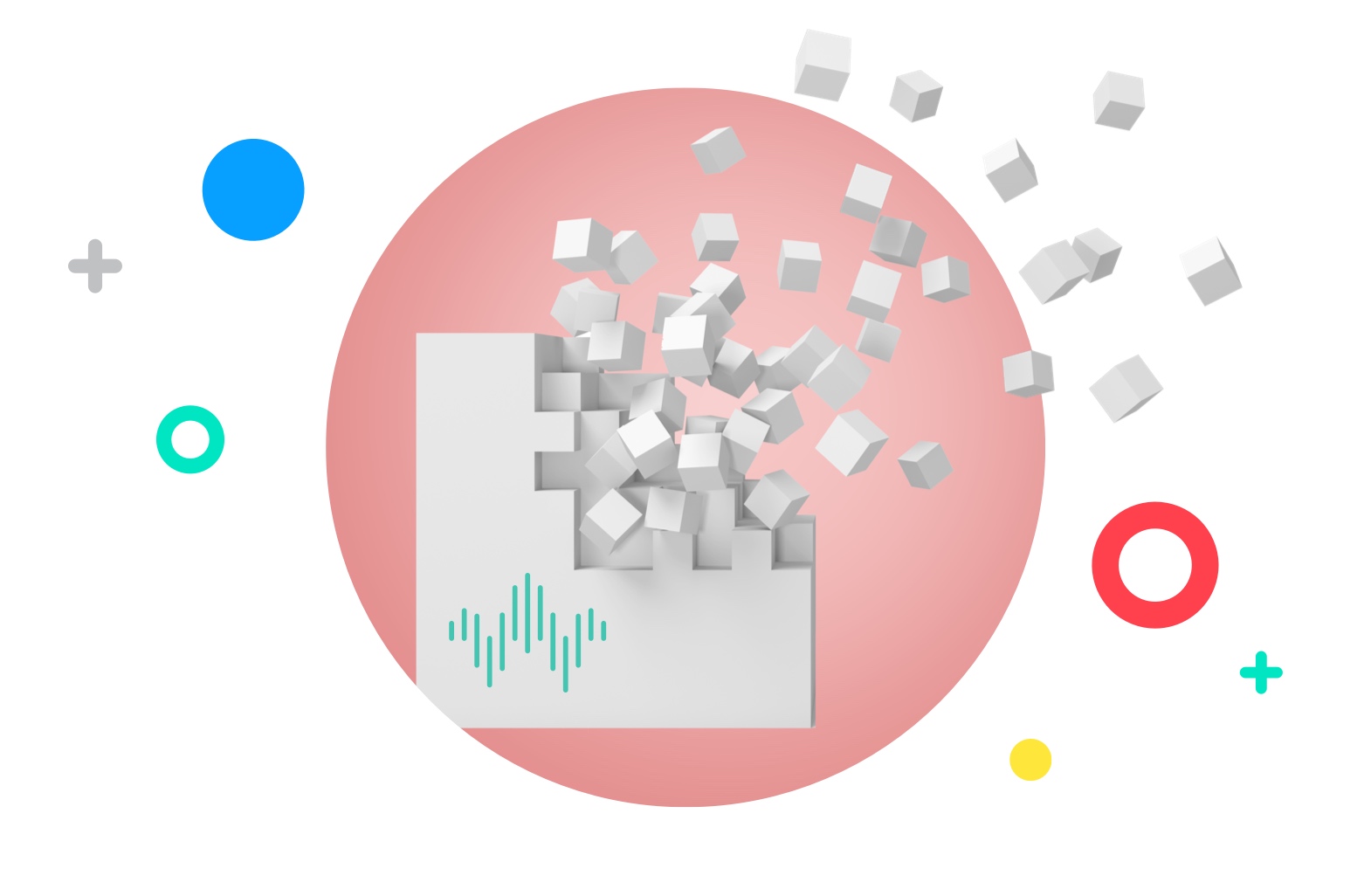What issue can we solve for you?
Type in your prompt above or try one of these suggestions
Suggested Prompt



Insight
What Are the Top Use Cases for Customer Data Platforms?
What Are the Top Use Cases for Customer Data Platforms?
Customer data has become the new currency for many businesses in today’s cookieless world—but not everyone has learned to monetize their customer data platforms (CDPs) to the fullest extent.
In fact, only 14 percent of businesses have a 360-degree view of their customer, according to 2022 research from Gartner. Yet most customers (69 percent) actually want to share their data with companies if it gets them something in return.
What is customer data monetization?
Companies across industries from retail to travel to consumer goods are taking advantage of that fact, capturing first-party data from customers and prospects to improve marketing efforts, deliver personalized content, drive supply chain efficiency and accelerate business growth. But the potential for driving revenue doesn’t end there.
- The global CDP market size is projected to grow from $2.15 billion in 2023 to $9.92 billion by 2030.
- Approximately 69% of customers are likely to share their data for better deals.
- Only 14% of businesses have a 360-degree view of their customer.
Customer data monetization through a CDP
Business leaders are exploring the exponential potential of data monetization through a customer data platform (CDP). Companies that capture first-party data in a CDP can create robust and relevant data sets that they use for their own purposes, but they can also drive revenue by sharing these assets with others. According to Fortune Business Insights, the global CDP market size is projected to grow from $2.15 billion in 2023 to $9.92 billion by 2030, due to this growing potential for new revenue.
Build a customer data platform in weeks with CDP Quickstart
Sharing reliable and trusted first-party data to advertisers, publishers and partners turns customer data into business opportunities. For example, retailers that establish a 360-degree view of their customers through a CDP can utilize that data to create retail media networks, where consumer brands can pay to advertise their products.
The more data a business has from point-of-sale transactions, internet traffic and media impressions, the greater chance it has to get closer to customers with targeted campaigns and, better yet, new products and services.
As customers become less brand-loyal and more price-driven during times of economic uncertainty, customer acquisition is more important than ever. Your CDP can not only further personalize your marketing to acquire and retain customers, but also unlock a new revenue stream to promote future business growth.
In this series, we'll uncover three different use cases where top brands used a customer data platform to monetize customer data.
Customer data platform use case: from product provider to media platform
In this first use case, Publicis Sapient worked with an entertainment brand to create a flexible CDP that captured data about customers’ purchasing histories, point-of-sale (POS) transactions and more in a manner compliant with regulatory guidelines. Using the CDP as a foundation, the business now offers this valuable data to vendors looking to create hyper-optimized campaigns based on actual buying behavior across a national network of physical and digital outlets.
This data comes back to our client, enriching their understanding of customers from interactions with other advertisers and publishers.
For its own part, the business is launching new experience-based marketing campaigns that combine multiple related products, saving time and money by making data-driven product and supply chain decisions.
This brand has now transformed its traditional entertainment offerings into a high-value and high-margin advertising platform.

Generate $100 million in annual revenue with a retail media network
How to turn data into dollars
Once you bring data together in a compliant way in a CDP, you can monetize the data for your own business through inventory optimization and targeted campaigns. The CDP becomes your own advertising platform that complements your brand.
After establishing this capability, open it up to publishers and partners to opt in. Anyone who has an audience can monetize your first-party data. Your partners win by capturing more value from advertising, getting more people in the door at stores and finding new ways to create customer-centric experiences. The revenue opportunities created through these partnerships can even cover the cost of establishing the CDP itself.
Start putting your high-quality data to work for you today through a CDP.
Related Reading
-
![Customer Data Platforms]()
Customer Data Platforms
How to connect, control and capitalize on your data across channels and audiences.
-
![]()
Solution: CDP Quickstart
Accelerate digital business transformation with a Customer Data Platform in just one week.
-
![]()
Intelligence-Driven Consumer Products Firm
How can CP firms become data-driven at their core?






